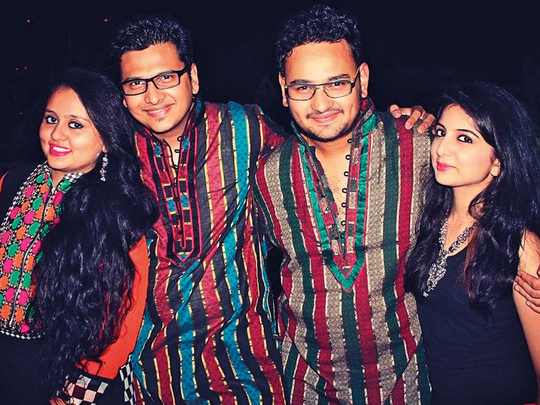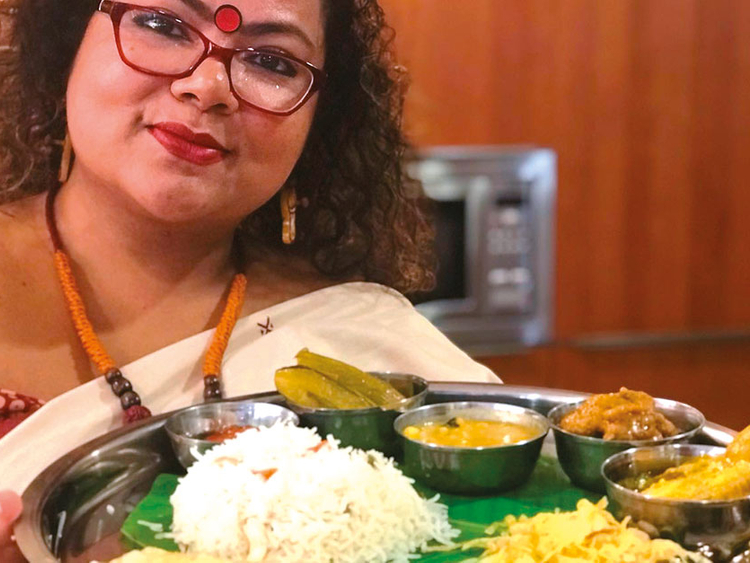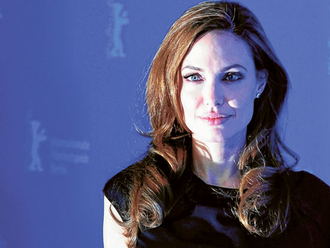
Dubai: Thousands of Hindu Indian expatriates in Dubai are recreating the vibrant Navratri festival which began on Thursday in India.
Navratri (nav means nine and ratri means nights) symobilses the victory of positivity over negativity and culminates in the celebration of Dussehra, a tenth-day festival celebrating the victory of good over evil, where effigies of Ravana, a demon king in Indian mythology, are burnt to symbolise the vanquishing of evil.
The Navratri festival also marks the beginning of the harvest season and is symbolised by colour, verve and vigour throughout India, with each region of the country celebrating the festival in its own traditional way. In East India, for example, Navratri marks the beginning of the nine-day Durja Puja — where the deity Durga is worshipped, while in the North, it is the deity Vaishno Devi. In Western India, folk traditions marked by colourful dances called Dandiya Raas and Garba mark the occasion, while in many parts of southern India, navratri is marked with a festival of dolls in many homes.
Sudipa Bose Laly |
For Sudipa Bose Laly who has lived in Dubai for 21 years, Durga Puja is the time of reasserting all that is best about Bengali tradition. “Durga Puja is extremely important to all Bengalis. Dubbed as ‘Pujo days’, during these ten days, our entire community — family, friends- come together and there is a lot of celebratory joy in the company of loved ones, where we sing, perform skits and eat delicious food.
However, Laly also adds that the celebration has taken on a commercialised tone back home in India. “Now, the big pandals (temporary festive tents} are commercialised, there is corporate sponsorship and competitiveness in everything that is on display. However, here in Dubai, we have pujo groups of 20 families each and we still maintain the best of culture and tradition. We stage plays, musical performances, poetry recitation and skits by adults and children and have lunch and dinners at friends’ homes on all nine days. In Bengal, daughters are accorded a very important status at home. Durga Puja is a celebration of the homecoming of the married daughter.”
Madhumita Roy |
Madhumita Roy, another Dubai resident, says: “For me Durga Puja is more a social event, surpassing boundaries of caste and creed. Although it is a ten-day event, celebrations start on the sixth day — when we all step up meeting socially. Women wear traditional white and red saris and elaborate jewellery and men dress up in the traditional tunic and dhoti and of course we enjoy sumptuous Bengali food; music is an integral part of the celebration. Although we miss the grandeur of the puja back home, we observe the festival here with equal fervour.”
Dancing to celebrate
For Yash Trivedi and his wife Krusha Dave, who are from the state of Gujarat, every evening of Navratri is meant for Dandiya Raas — the traditional dance that is held across many venues in Dubai. Says Trivedi, 28, a banker and great Dandiya Raas aficionado: “I look forward to Navratri as Dandiya [dance] is something I never miss. I was a regular in Mumbai where there is a Dandiya dance happening at every crossroad and the whole city just comes alive to the beat of the drums. Here in Dubai since four years, my wife Krusha and I are regulars at Wonderland where we dance away from 9pm right up to 2am. My brother Jay, and his wife Megha, who is also my wife’s sister, join us and we have a great time during Navratri,” said Yash.
Trivedi feels that Dandiya in Dubai is far better than in Mumbai as it is less commercialised here. “Here, people still have solo singers and focus on the folk and traditional content. There are the typical Bollywood songs too, but the emphasis is on tradition. What I like about the people here is that they take the trouble to adorn themselves in traditional folk outfits — men wear dhotis and tops and turbans and women dress up in the traditional ghaghras (long swirling skirts). It’s very vibrant and tasteful.”
Navratri and Dussehra are precursors to the Indian festival of lights, Diwali, that comes 20 days after Dussehra.












